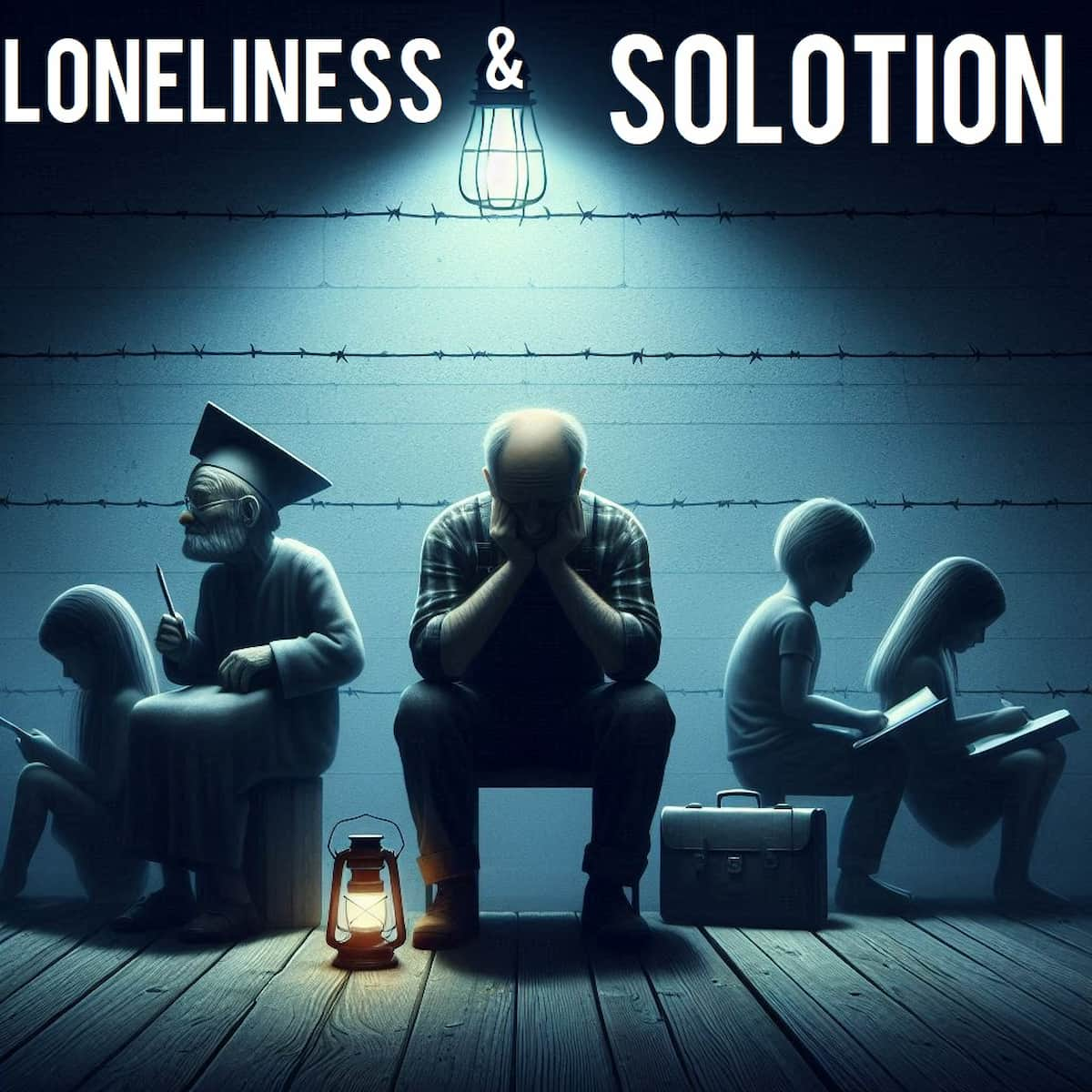Loneliness affects everyone, but its manifestations can vary between genders. Let’s delve into the unique ways in which loneliness manifests in different genders and explore strategies for fostering connection and support.
Key Takeaway:
While loneliness is a universal experience, it can manifest differently in men and women due to societal norms and expectations. Understanding these differences can inform targeted interventions and support systems to address loneliness more effectively.
Loneliness Across Gender Lines: Unveiling the Patterns
Loneliness knows no bounds, yet its expression can be influenced by gender norms, social roles, and cultural expectations. By examining the distinct ways in which loneliness manifests in men and women, we can better understand the underlying factors and tailor interventions to address their specific needs.
| Men | Women |
|---|---|
| Social isolation | Emotional disconnection |
| Reluctance to seek help | Overwhelmed by caregiving responsibilities |
| Pressure to conform to traditional masculinity | Feelings of inadequacy as a caregiver |
Understanding Loneliness in Men
- Social Isolation: Men may experience loneliness as a result of social isolation, stemming from societal expectations of stoicism and self-reliance.
- Reluctance to Seek Help: Cultural norms around masculinity may discourage men from seeking help or expressing vulnerability, exacerbating feelings of loneliness.
- Pressure to Conform: Men may feel pressured to conform to traditional notions of masculinity, which prioritize independence and strength over emotional connection.
Understanding Loneliness in Women
- Emotional Disconnection: Women may experience loneliness as a result of feeling emotionally disconnected or misunderstood, despite maintaining extensive social networks.
- Overwhelmed by Caregiving: Women who assume caregiving responsibilities for children, elderly parents, or other family members may feel overwhelmed and isolated in their roles.
- Feelings of Inadequacy: Balancing multiple roles and responsibilities can lead to feelings of inadequacy and self-doubt, contributing to loneliness among women.
Bridging the Gap: Strategies for Connection
- Encouraging Open Communication: Creating safe spaces for men to express their emotions and seek support without fear of judgment or stigma.
- Promoting Community Building: Fostering social connections among women through support groups, mentorship programs, and community-based initiatives.
- Challenging Gender Stereotypes: Challenging traditional notions of masculinity and femininity to create more inclusive and supportive environments for all individuals.
Real-Life Examples
- Men’s Shed Movement: Originating in Australia, the Men’s Shed movement provides a space for men to socialize, work on projects, and share experiences, combating loneliness and promoting mental health.
- Women’s Empowerment Groups: Women’s empowerment groups, such as Lean In Circles and Women Who Code, offer opportunities for women to connect, support each other, and advance professionally and personally.
Embracing Diversity in the Journey Towards Connection
Loneliness may wear different masks, but its essence remains the same – a longing for connection, understanding, and belonging. By recognizing and addressing the unique ways in which loneliness manifests across genders, we can create more inclusive and supportive communities where individuals of all backgrounds feel seen, heard, and valued.
Explore the nuanced landscape of loneliness across gender lines and discover strategies for fostering connection and support. By understanding the distinct ways in which loneliness manifests in men and women, we can create more inclusive and supportive environments where individuals of all genders feel seen, heard, and valued.













